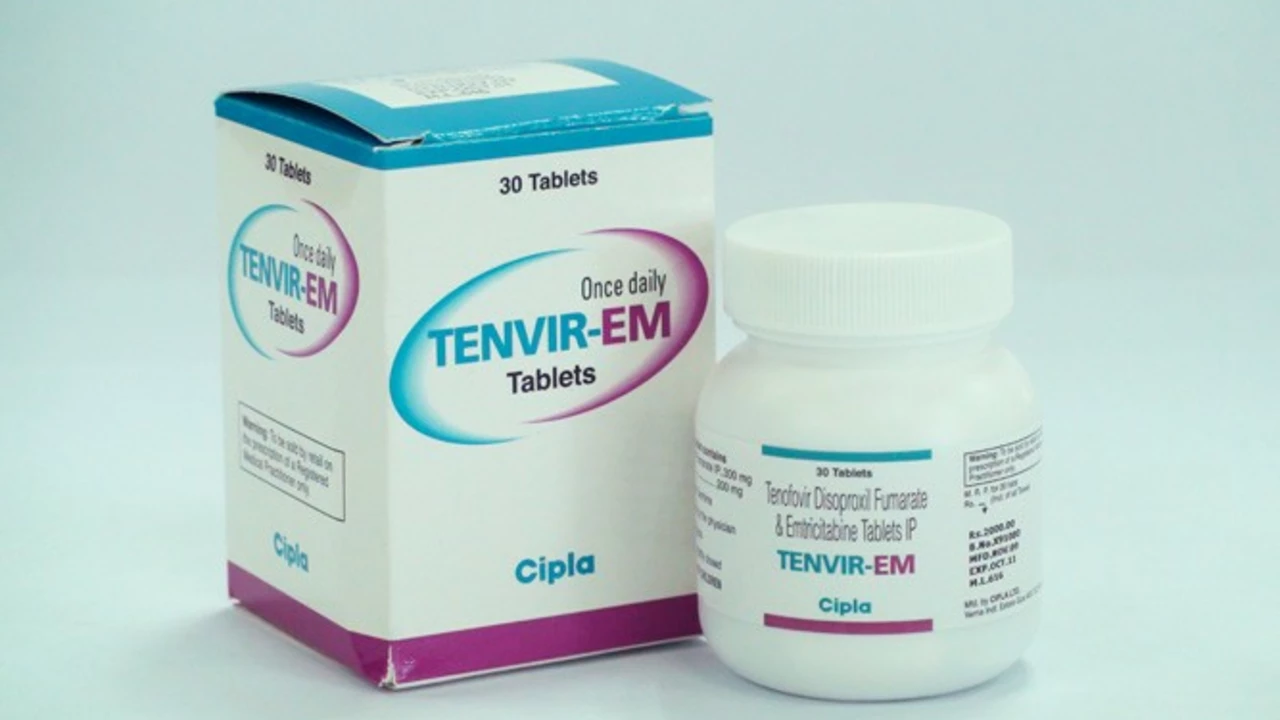Pre-Exposure Prophylaxis (PrEP): What You Need to Know
PrEP can cut your risk of getting HIV by more than 90% when taken properly. If you're at risk—having sex with partners of unknown status, sharing needles, or in a relationship with an HIV-positive partner—PrEP gives you a reliable layer of protection. It works best when combined with regular testing and safer sex practices.
PrEP usually means daily pills like tenofovir disoproxil fumarate/emtricitabine (Truvada) or tenofovir alafenamide/emtricitabine (Descovy). There’s also long-acting cabotegravir, an injection every two months, now available in some places. Another option for cisgender men and some transgender people is event-driven PrEP, taken around sex instead of daily (the 2-1-1 schedule).
How to start PrEP
First, get an HIV test and tell your clinician about your medical history. You need to be HIV-negative before starting. The provider will check your kidney function, screen for hepatitis B and other STIs, and talk about pregnancy if relevant. After prescription, expect follow-ups every three months for HIV testing, STI checks, and kidney tests. If you miss a follow-up, contact your clinic—ongoing monitoring keeps PrEP safe and effective.
Practical tips for success
Take PrEP the same time every day if you choose the daily option. Use phone alarms, a pillbox, or link it to a routine like brushing your teeth. If you prefer 2-1-1 dosing, make sure you understand the timing: two pills 2–24 hours before sex, one pill 24 hours after, another 24 hours later. That method is not recommended for receptive vaginal sex.
Watch for side effects like mild nausea, headache, or weight changes. Most side effects fade in a few weeks. Kidney or bone issues are rare but possible, so don’t skip the blood tests. If you think you were recently exposed to HIV, get post-exposure prophylaxis (PEP) right away and tell your provider about recent PrEP use.
Access can feel tricky. Check sexual health clinics, community health centers, or telemedicine services. Many programs offer low-cost or free PrEP through insurance, government help, or manufacturer assistance. If an injection is easier for you, ask about long-acting cabotegravir where available.
PrEP doesn’t protect against other STIs, so keep using condoms if that’s important to you and get tested every three months. Talk openly with your partner about prevention. PrEP is one of the most effective tools we have—used right, it gives real control over sexual health.
PrEP is a good option if you have a partner with HIV, if you have multiple sexual partners, if you inject drugs, or if you are involved in sex work. Healthcare providers use a simple risk discussion to decide. Pregnant and breastfeeding people can also use certain PrEP options after talking with a clinician; benefits often outweigh risks when exposure risk is high.
If cost or access is a worry, contact local LGBT or community health groups — many have PrEP navigators who help with paperwork and payment programs. Keep records of your labs and prescriptions. Ask questions. The more you know, the easier PrEP becomes. Start the conversation at your clinic right away.

